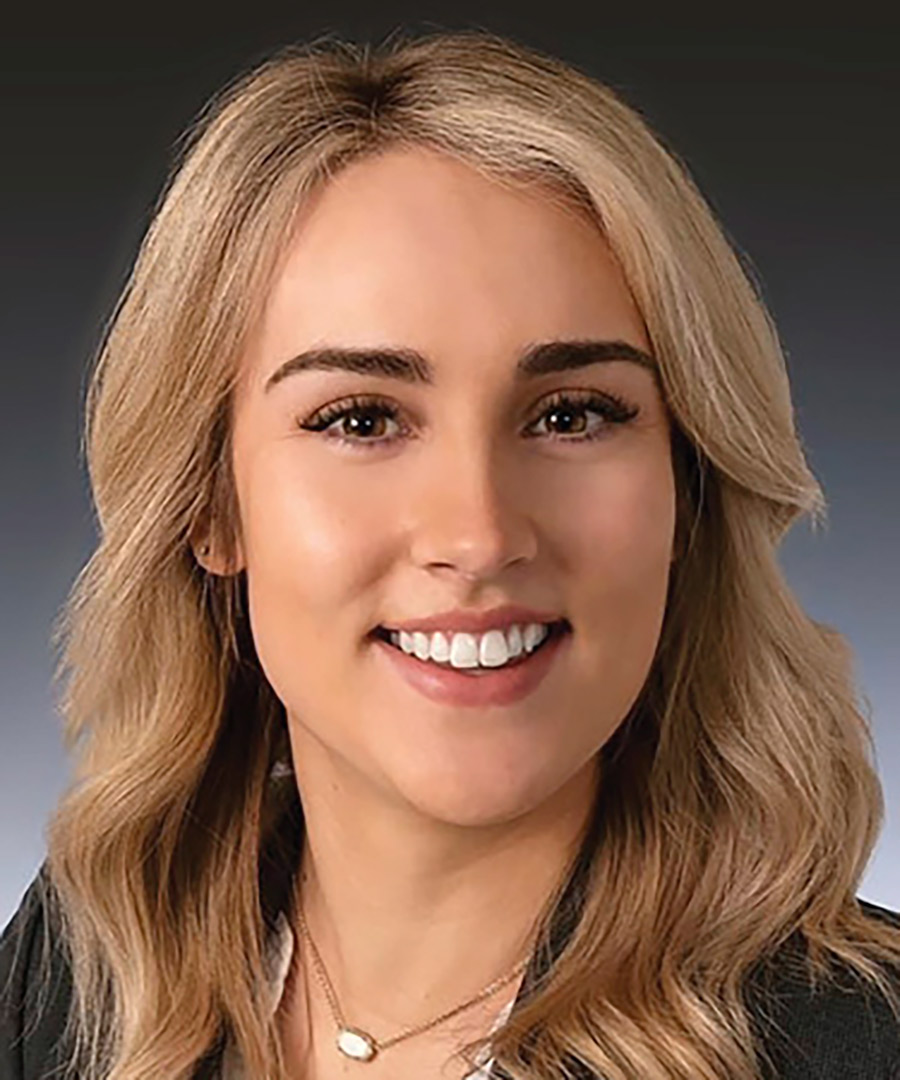

he other day I told my husband, “Guess what? Taylor Swift’s boyfriend is going to the Superbowl.”
And he replied, “Okay? Why is that special? I’m sure she can get tickets to the Superbowl whenever she wants.”
After a few seconds of me staring at him stupefied, he replied, “Oh, is he, like, IN it?” And that’s the extent of how much this household follows sports. So it was equally stupefying when I found myself writing an article on business development tips modeled on sports euphemisms.
Fortunately, I found an assist in my colleague Morgan Miller, a transportation business development professional and diehard Detroit Lions fan. Whether you are a football fan or not, I think we can all appreciate the principles of identifying team strengths to pursue leads, win work, and deepen client relationships.
High-caliber professionals can make a huge impact on their team and can contribute to what kind of year their organization will have. Every individual in your organization contributes to business development on some level, whether they are directly interacting with clients or not. As a leader in your organization, you are responsible for identifying the best fit among your team for your clients.
Have you ever seen good synergy between a contractor and a client, the kind of partnership in which you and your client are in lockstep towards a goal? Seems like a dream, but it’s possible. Finding that Armon-Ra St. Brown to your Jared Goff is magic (no apologies, go Lions!).
As a leader, you are not going to be the best fit for each and every one of your clients, but you have someone on your team who is. It is as important as gathering intel about your clients to notice the details about your staff that might make them an asset in a specific relationship. Do they have similar interests or areas of technical expertise? Are they likely to be involved in similar organizations or have similar communication styles? Leveraging organic connections will make things feel more natural.
Just as there is a place for different skill sets and strengths on our favorite sports teams, so there also is for our team and clients. There are different tools for evaluating this, such as People Styles, where you can complete an assessment on both your team and client to match up a good fit. Test it out, bring that person along, and introduce them to your client. Get them more involved and engaged. Most of all, always be assessing and re-evaluating the match, checking in to see if things are clicking, and don’t be afraid to make changes. You’ve got to make the right adjustments at half time—I actually learned this terminology from Spider-Man: Across the Spider-Verse.
I challenge you to think about your clients and your team; if you have to make some pairings, who would you put together? Maybe also look at past pairings and think about why they worked well or why they were not the best fit.
When gathering intelligence, four ears are better than two. This goes for multiple reasons. When deciding who to bring with you on client visits or debrief meetings, senior leaders should consider bringing younger staff along. This provides the younger staff member with experience in relationship building and client management, and it provides multiple long-term benefits for your organization. Staff members at different stages of their careers will bring different perspectives; you’ll never remember all the feedback and information shared on a client visit, and they may see different solutions to the client’s problems. Also, building relationships at multiple levels of an organization helps with the long-term success of your organization’s relationship with the client, helping with planning and guarding against attrition.
You should also consider attending industry conferences and networking events. These are great opportunities to make connections, hear about industry drivers and problems your clients are looking to solve, and learn about new leads. You can also maximize the opportunity by applying to present at an industry event. This contributes to your organization’s visibility, and it also positions you as a thought leader on your topic.
For both marketing and technical staff, it is initimidating but also incredibly valuable to request debrief meetings with clients. Feedback on our strengths and weaknesses and looking back on our plays gives a lot of insight into clients’ motivators, whether you win or lose.
Rachelle Branstetter has more than a decade of experience in Alaska architecture, engineering, and construction marketing and is currently the area marketing manager for HDR’s Alaska office, managing transportation, water, and resources pursuits. She is also the outreach lead for Society for Marketing Professional Services, or SMPS, Alaska.
